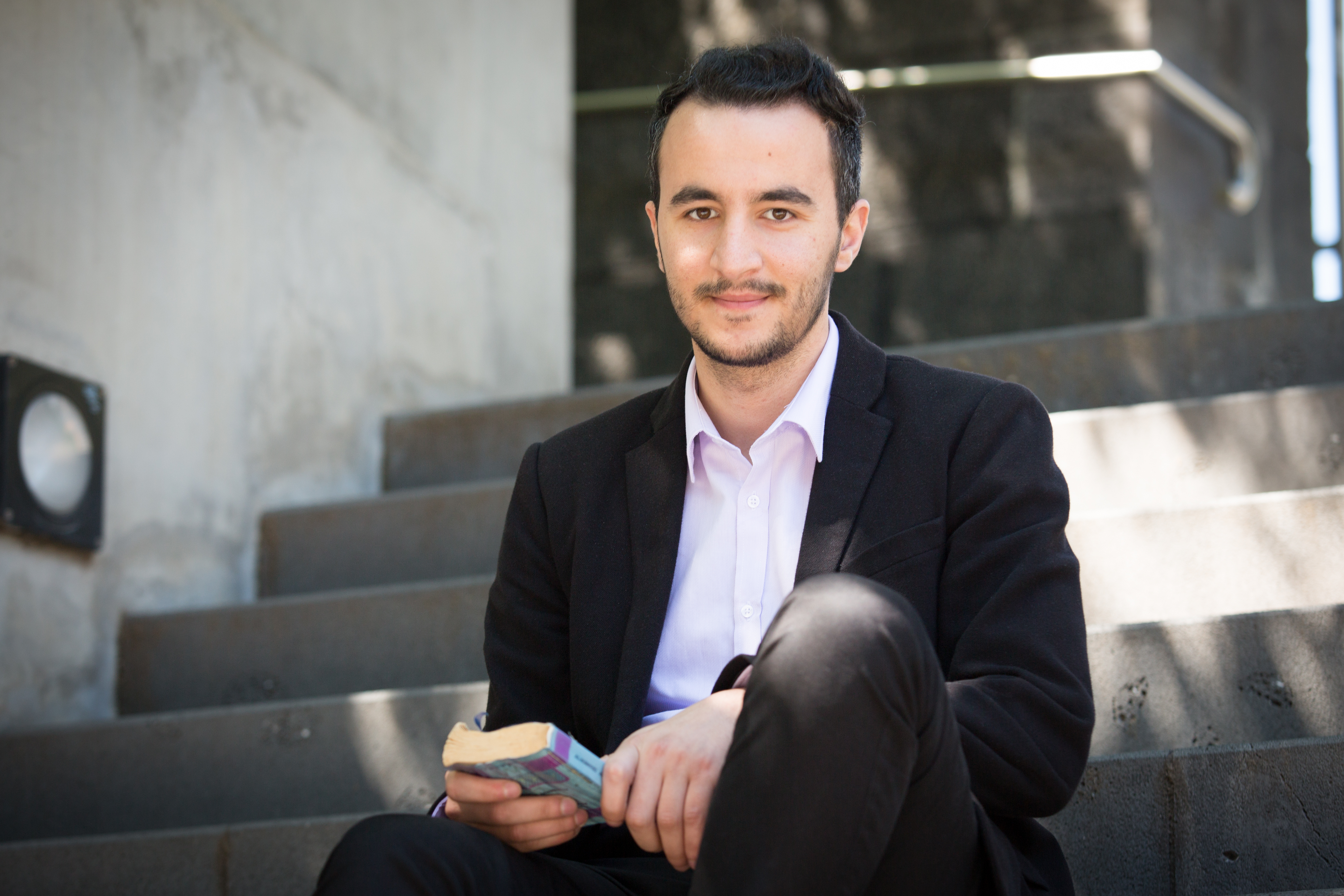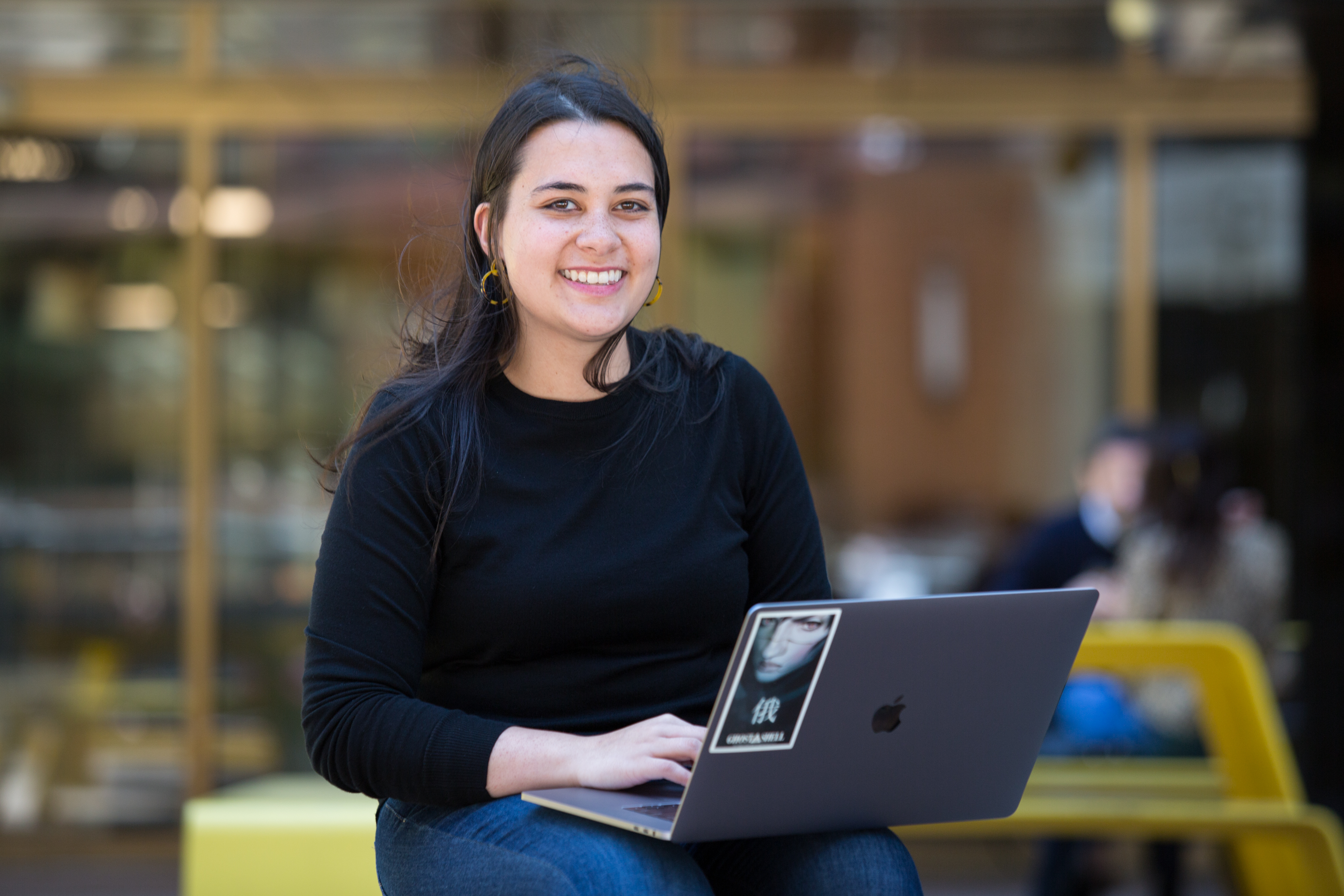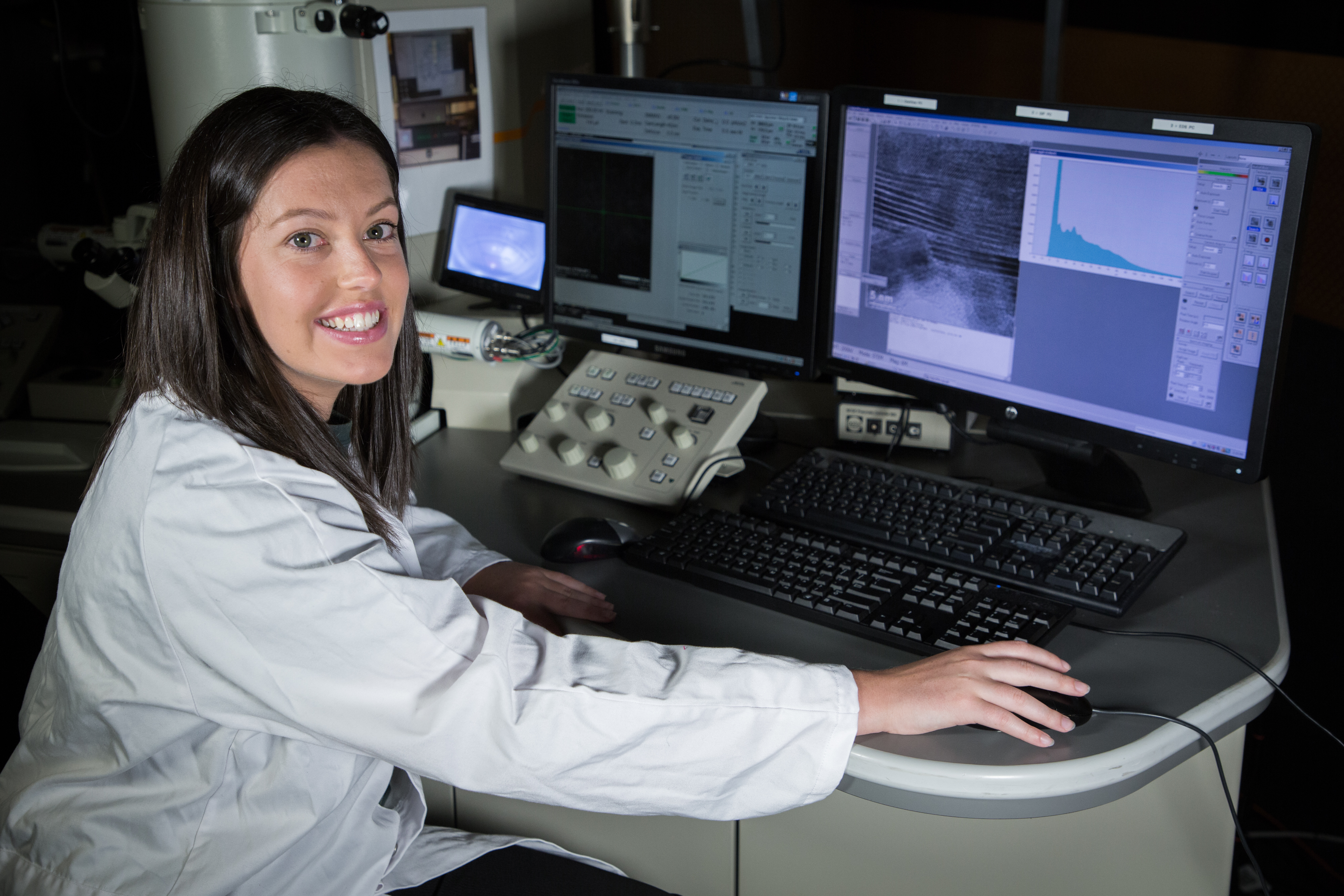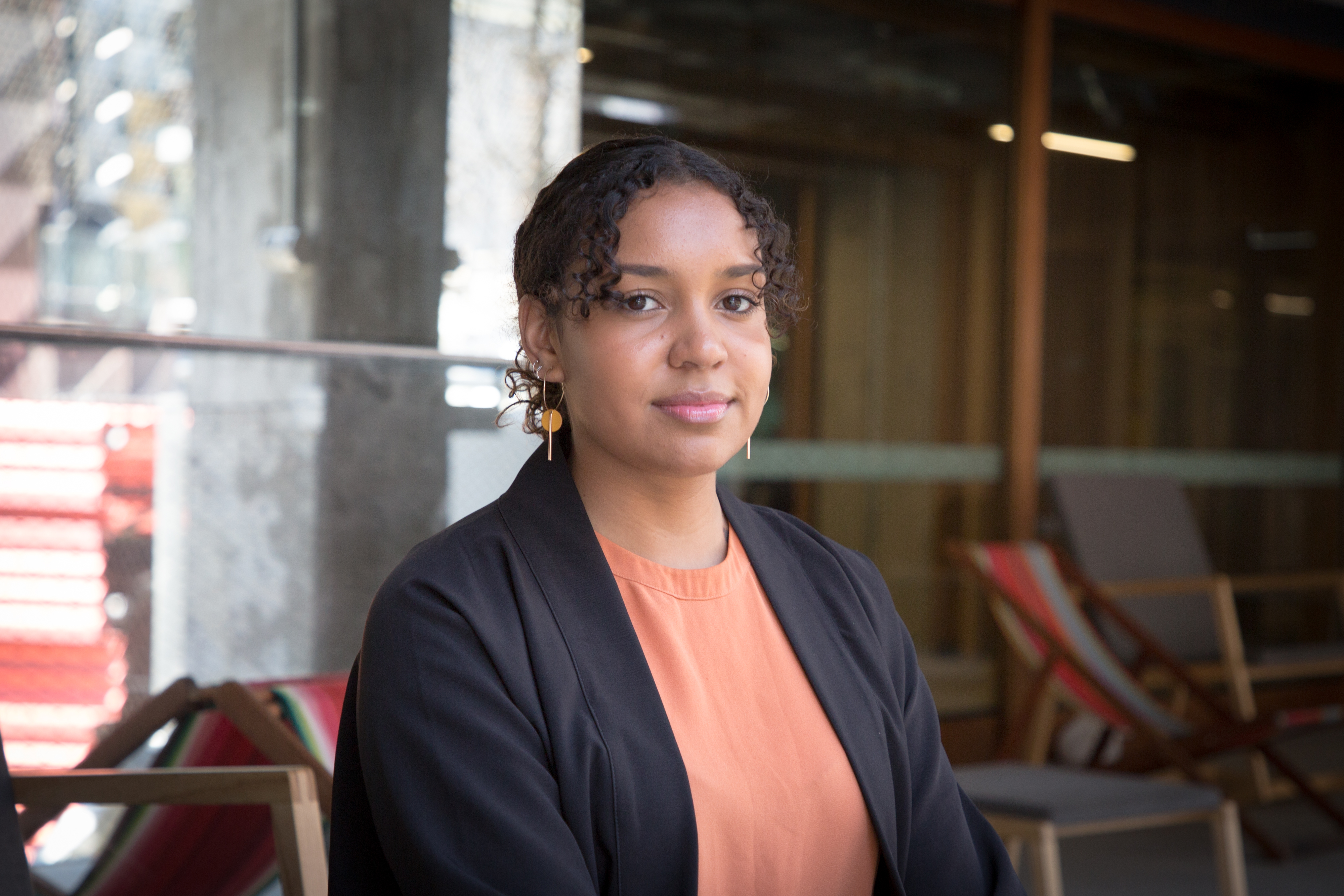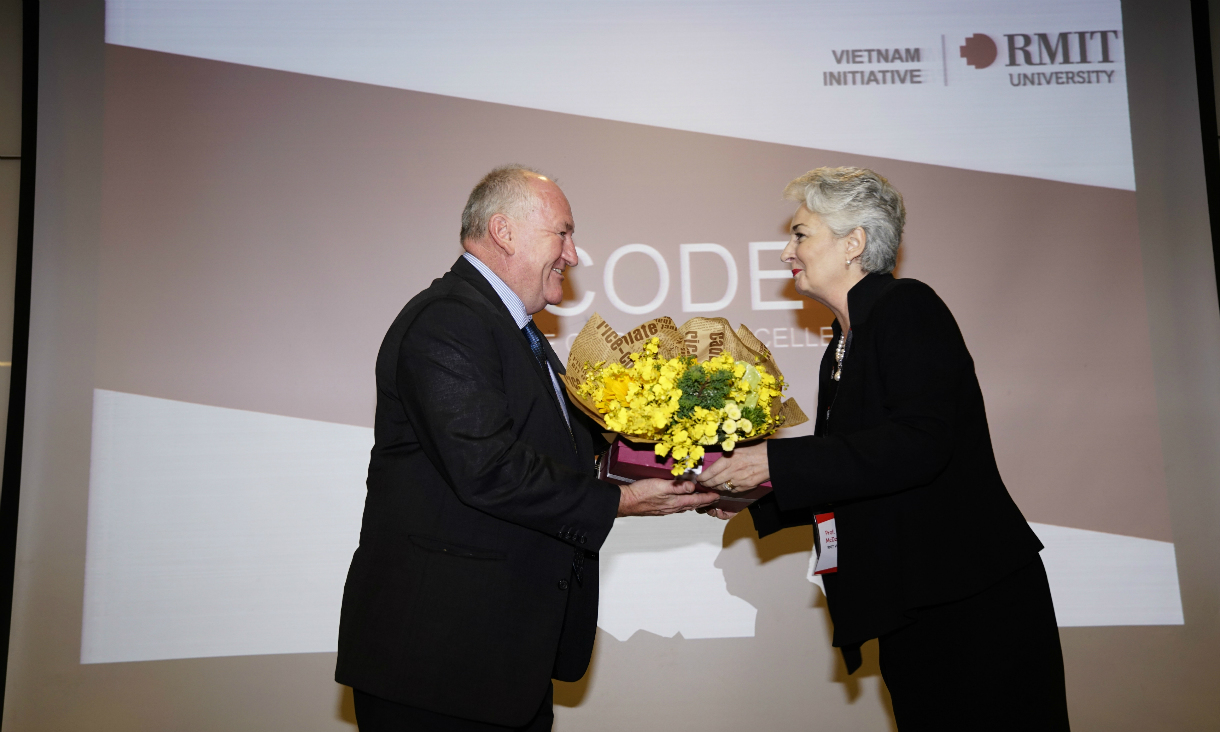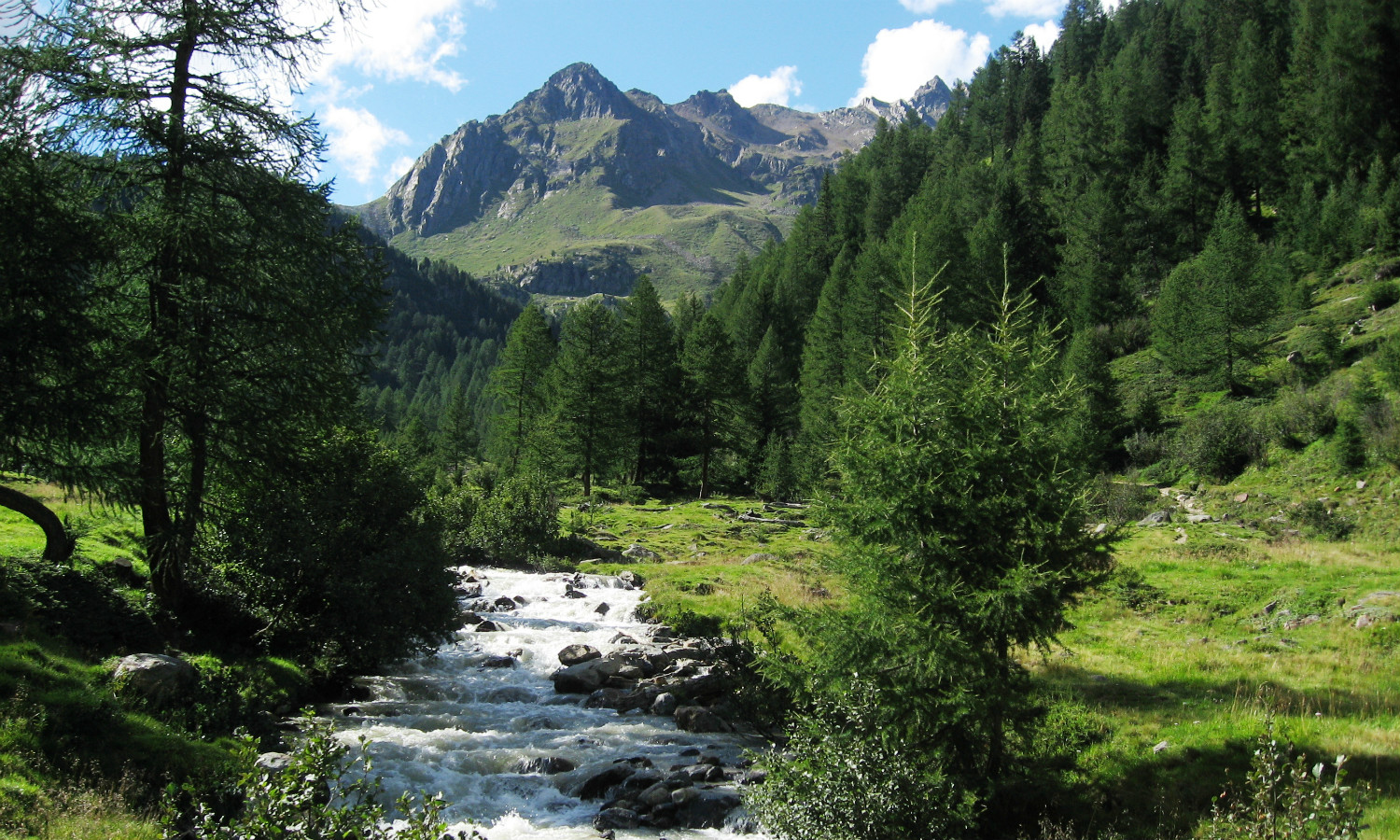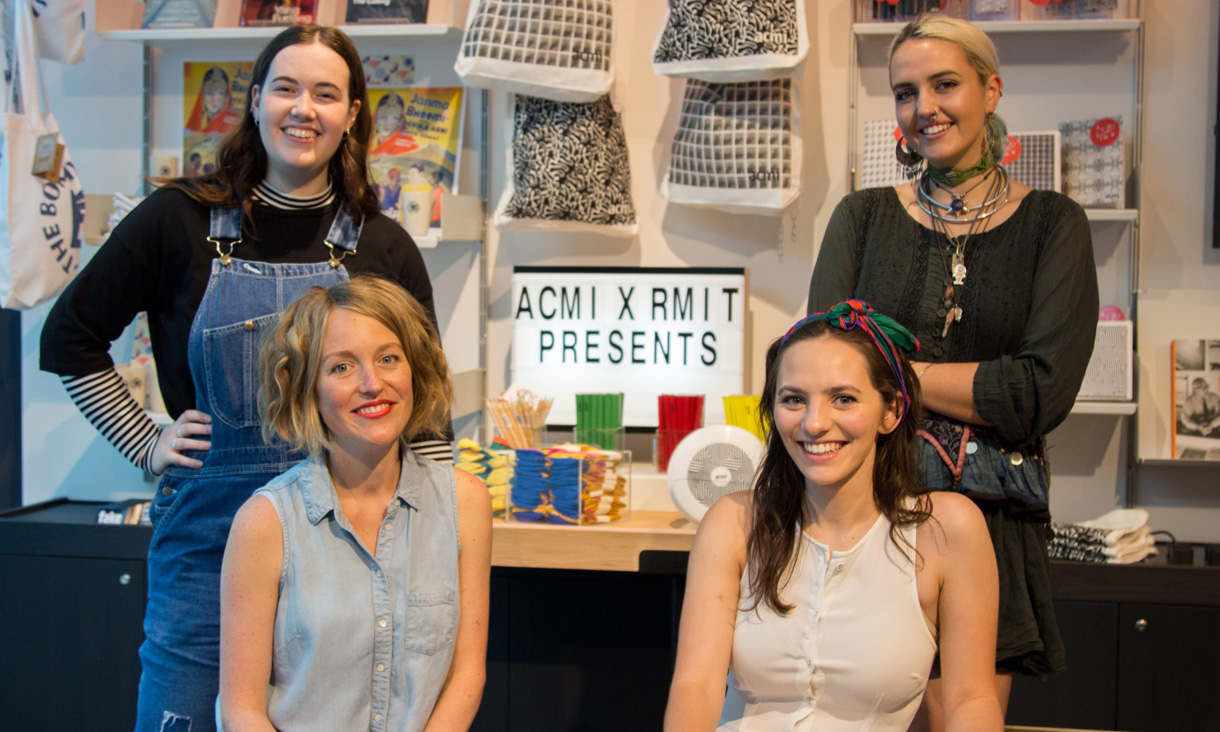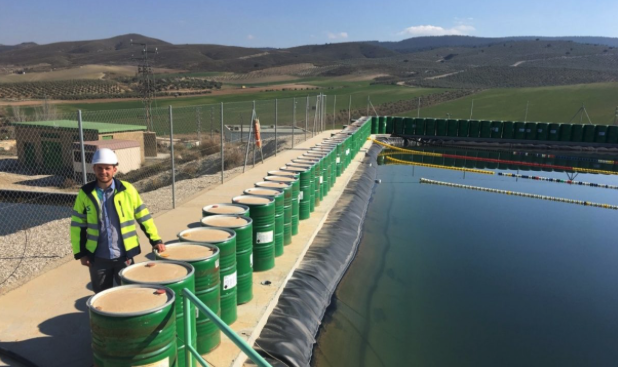Real world learning
“Biomed pride” will be front of mind when Steph Doyle attends tomorrow’s Graduation Day.
The 22-year-old said she had become close with the small cohort of Bachelor of Biomedical Engineering students she was graduating with.
Together, they’ve showcased real-world projects at EnGenius, built bridges from spaghetti and hot glue to test toy cars, and they’ve gotten the Biomedical Students Society back up-and-running.
Steph grew up asking for Lego, Meccano and blocks for Christmas and knew she wanted to pursue engineering in the last couple of years at school.
She came across biomed at an RMIT open day and knew it combined her interests in problem solving and the body.
She said RMIT’s emphasis on practical placements and skills stood out.
“You learn a lot of independence and how to take control of your own destiny. There are a lot of good frameworks and systems at university, but it’s up to you to take advantage of them and shape your own future,” she said.
“I did an internship at BioFab3D based at St Vincent's Hospital. I was part of a team working on regenerating human cartilage, a tissue that is unable to regenerate on its own. I help to set up a model to determine how the biofabricated cartilage would interact with the natural human knee joint.”
The need to make science, technology, engineering and maths (STEM) careers known to girls of all ages was highlighted when Steph gave a talk about maths in life to a primary school class last year.
“One little girl came up to me and said, `I didn’t realise women could be engineers’,” she said.
“My initial reaction was just shock and, `of course you can do it’.
“It hit me it wasn’t just a talk. I got lot of more out of that than I expected.”
Steph’s RMIT journey will continue next year when she begins her PhD in tissue engineering in collaboration with BioFab3D.

